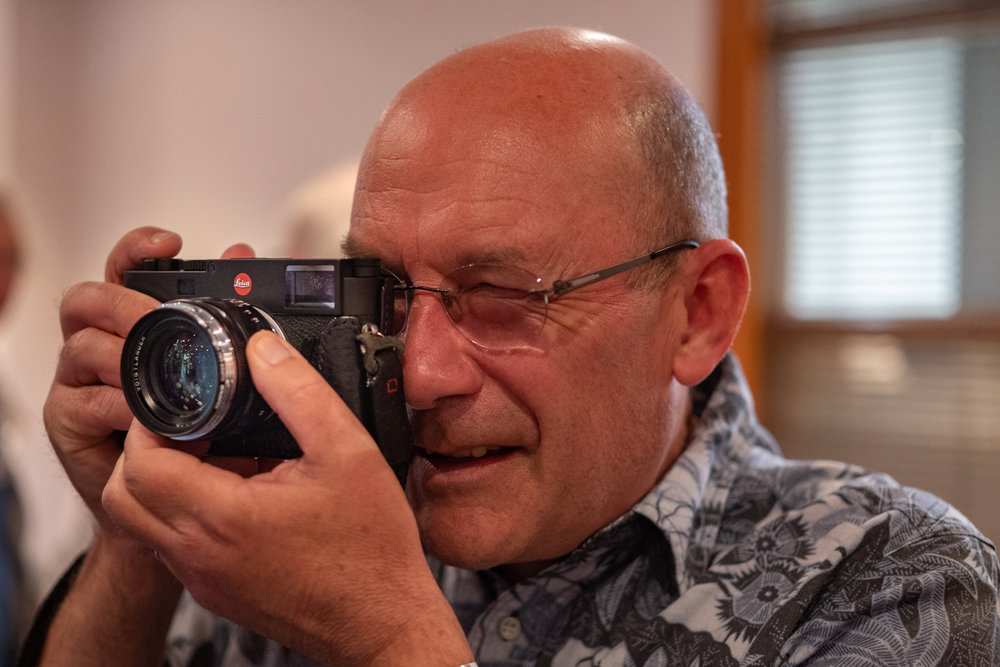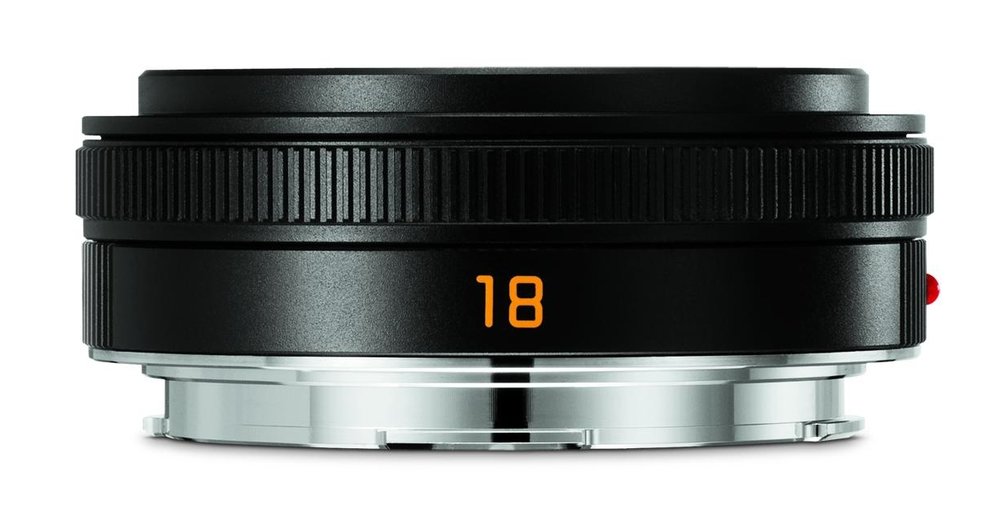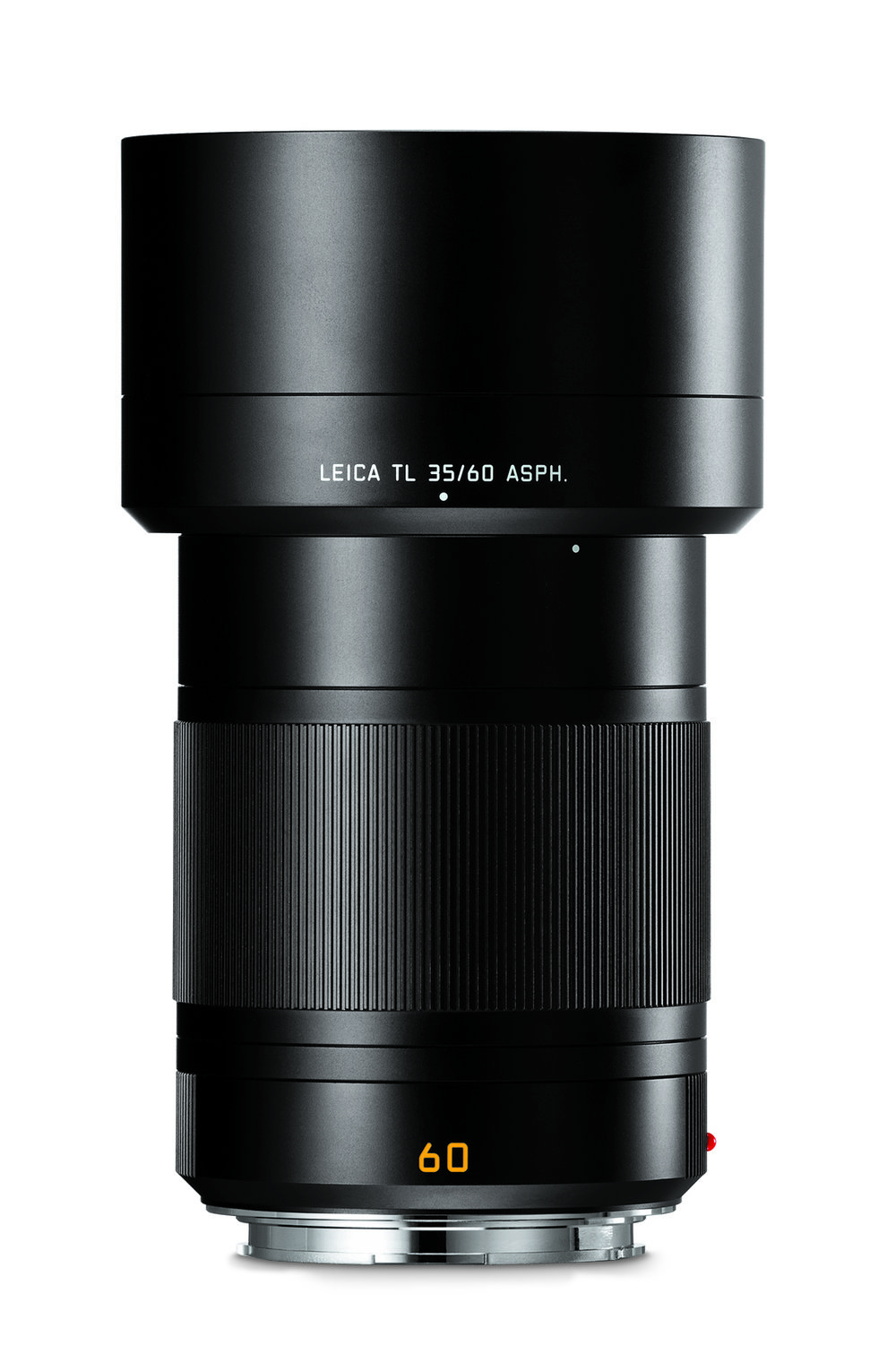
Who is Leica’s lens partner in Japan? Who makes most of the TL lenses, which are marked “Made in Japan” except for the 35mm Summilux and 60mm Macro which are labelled “Made in Germany? It’s a subject that has been much discussed on the various forums and many people are sure they know the answer.
With the announcement of cooperation with Sigma under the new L-Mount Alliance, there have been suggestions that Sigma must be chief suspect. Previously, even Panasonic — as a long-time Leica partner — has been in the frame.
But when asked about this during the recent LHSA meeting in Wetzlar, Stefan Daniel made it quite clear that the manufacturer of these lenses is not one we would recognise. “It is a third-party lens manufacturer which does not make products under its brand.”

The emphasis on the mystery manufacturer not making branded lenses seems quite specific. That rules out Sigma, Cosina-Voigtländer and even Panasonic. While it is likely that Panasonic builds the Leica-branded DG lenses for micro four-thirds, it is also possible that this same third-party shrinking violet is the actual manufacturer. The fact that all these lenses look somewhat similar isn’t significant because, as we know, they are all designed by Leica.

According to Leica, these lenses are “engineered and designed in Germany, made in Japan.” It’s very similar to Apple’s “Designed in California, Made in China” strapline and no one, other than POTUS on high, seems concerned by this.
Should we worry? No, of course there is nothing wrong with a high-quality lens made in Japan. Quality is quality, from wherever it comes. And Leica has a long history of cooperation with Japanese manufacturers — for many of the R lenses, for instance. The only factors worth considering are build quality and performance and the Japanese-made TL lenses score high on both counts.
The strange thing about all this is that —as far as I am aware — this phantom supplier of lenses to Leica has not been identified before now. That’s unusual these days, with the intrusive internet at play, and I can only assume that the company insists on anonymity and does its utmost to ensure privacy. Yet these days, nothing much remains secret for long, and the Nokishita website seems exceptionally well informed on the Japanese industry. If they knew, surely they would be saying.

As an aside, Leica’s lens design supremo, Peter Karbe, said at the LHSA meeting that the 35mm Summilux and the APO-Macro-Elmarit-TL 60 mm f /2.8 ASPH are his favourite optics for the system. Can we read anything into the fact that these are the only two lenses which are made in Germany? Probably not, and most TL lens users would agree with him on his assessment and count them as their own favourites. But it was an interesting comment.
Finally, just in case you are wondering, all the SL lenses currently available are made in Germany. This will change over the next twelve months as Sigma begins to adapt its range, in particularly the Art lenses, to the L mount. Presumably, too, there will be APS-C lenses suitable for the TL2 and CL, possibly even lenses with built-in stabilisation — something which, hitherto, Leica has eschewed because it would add to size and weight (the words of Peter Karbe himself, earlier this month).
____________

Voigtlander was sold to Rollei which made Voigtlander branded and designed lenses innSingapore. Mamiya and Tokina also made Rollei and Voigtlander branded lenses in Japan. Not sure who Cosina purchased the Voigtlander brand from — probably Rollei.
Except Voigtlander isn’t licensed to Cosina, Cosina bought the name and there is nothing German except the labels and of course the name; Voigtlander which is 100% a Japanese company.
It was owned by Mamiya and Zeiss previous to Cosina, in name.
Thanks. This was an old post from 2018 but I’ve had a look and I’m not sure that I implied that Voigtländer or Zeiss lenses were made in Germany. It’s common knowledge that they are Japanese companies, as you state, and I never imagined that Voigtländer, especially, was made in Germany. Thank for the comment, though.
I had heard a while back that it was Nittoh.
Perhaps Nittoh makes the Leica TL lenses. Nittoh makes the Hasselblad X lenses.
https://www.nittohkogaku.co.jp/en/
https://www.nittohkogaku.co.jp/brand/
Bryan, another name for the list and one that seems a likely suspect. Thanks.
Agree with Mr.Fagan with world wide sourcing if you the consumer are happy with what you obtain and the results it is not relevant, as an example my wife just ordered her new General Motors vehicle to our surprise it comes out of Korea, she has prior model and was happy with that so happy wife happy life!
Caring about who makes Lens does not matter unless you are unsophisticated. What matters is whether the lens delivers your needs regardless of price range. The challenge I have is struggling to learn about a lenses rendering under various image conditions versus the majority of incompetent reviews that do flat field close up resolution tests that are meaningless particularly for Leica glass.
I have several Zeiss and Voigtlander lenses which perform well on my M240 and SL. The Distagon 35/1.4 is exceptional. I see no problem with Japanese manufactured Leica designed lenses even if they are coming out of the Cosina factories, but agree that it would be nice to know their source.
As you say Mike, in a globalised economy the country of assembly and/or manufacture is irrelevant, except perhaps for tariff purposes. Some would like to push back against this, but this is unlikely to change anytime soon. Shareholder value will always be the main driving force. As for who makes the lenses this is pretty irrelevant once manufacturing standards as against design and other requirements are maintained.
I recently purchased a Voigtlander 21mm f4 Color Skopar, on the road, for wider angles as I had not brought my Leica WATE with me and also because the tiny size of the Voigtlander allows it to be carried in a pocket if necessary. Based on a comparison with my Leica 24mm Elmar, I would say that the Color Skopar gives about 90 to 95% of the quality of its Leica equivalent for about 20% of the price. It is made in Japan by Cosina and is again about 90% of the quality of Leica construction. I would say that nobody need worry about any Leica lenses that might be made by Cosina. I heard Stefan Daniel make that comment and I could not figure out which company was involved. Having heard Dr Kaufmann, Stefan and Peter Karbe speak about quality I am in no doubt about the quality of any out-sourced production that might carry the Leica brand.
William
“It is a third-party lens manufacturer which does not make products under its brand.” I’d have thought that points to Cosina, which makes lenses under the (licensed) Voigtländer brand, and makes many of Zeiss’ lenses (designed in Germany, but made in Japan). I can’t think of any current lenses which bears the "Cosina" (own brand) label.
And if they’re good enough to make Zeiss lenses..
..and is that really a CL in the photo of the man with the lens? ..Looks more like an M10 to me.. (..and my mistake: that should have read "..any current lenses which bear the "Cosina" (own brand) label..")
..oh! ..and it specifically says "Voigtländer" on the front of the lens ..so I think the game’s (subliminally) up!
..meaning, that’s a Cosina-made lens on the front of that M..!
It’s the caption that’s sloppy…… I should have made it clear that it was the CL and the 35mm Summllux taking the picture of the M, etc…..
That’s a good theory, David!